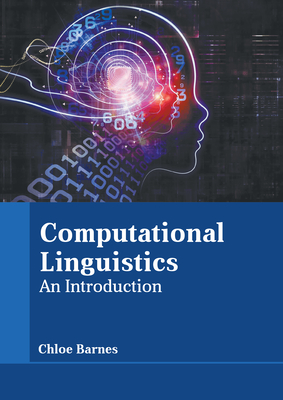Multi-SimLex: A Large-Scale Evaluation of Multilingual and Crosslingual Lexical Semantic Similarity
IF 5.3
2区 计算机科学
Q2 COMPUTER SCIENCE, ARTIFICIAL INTELLIGENCE
引用次数: 60
Abstract
Abstract We introduce Multi-SimLex, a large-scale lexical resource and evaluation benchmark covering data sets for 12 typologically diverse languages, including major languages (e.g., Mandarin Chinese, Spanish, Russian) as well as less-resourced ones (e.g., Welsh, Kiswahili). Each language data set is annotated for the lexical relation of semantic similarity and contains 1,888 semantically aligned concept pairs, providing a representative coverage of word classes (nouns, verbs, adjectives, adverbs), frequency ranks, similarity intervals, lexical fields, and concreteness levels. Additionally, owing to the alignment of concepts across languages, we provide a suite of 66 crosslingual semantic similarity data sets. Because of its extensive size and language coverage, Multi-SimLex provides entirely novel opportunities for experimental evaluation and analysis. On its monolingual and crosslingual benchmarks, we evaluate and analyze a wide array of recent state-of-the-art monolingual and crosslingual representation models, including static and contextualized word embeddings (such as fastText, monolingual and multilingual BERT, XLM), externally informed lexical representations, as well as fully unsupervised and (weakly) supervised crosslingual word embeddings. We also present a step-by-step data set creation protocol for creating consistent, Multi-Simlex–style resources for additional languages. We make these contributions—the public release of Multi-SimLex data sets, their creation protocol, strong baseline results, and in-depth analyses which can be helpful in guiding future developments in multilingual lexical semantics and representation learning—available via a Web site that will encourage community effort in further expansion of Multi-Simlex to many more languages. Such a large-scale semantic resource could inspire significant further advances in NLP across languages.Multi-SimLex:多语言和跨语言词汇语义相似度的大规模评价
本文介绍了Multi-SimLex,这是一个大型词汇资源和评估基准,涵盖了12种不同类型语言的数据集,包括主要语言(如汉语普通话、西班牙语、俄语)以及资源较少的语言(如威尔士语、斯瓦希里语)。每个语言数据集都针对语义相似性的词汇关系进行了注释,并包含1888个语义对齐的概念对,提供了词类(名词、动词、形容词、副词)、频率等级、相似间隔、词汇字段和具体级别的代表性覆盖。此外,由于跨语言概念的一致性,我们提供了一套66个跨语言语义相似度数据集。由于其广泛的规模和语言覆盖,Multi-SimLex为实验评估和分析提供了全新的机会。在其单语言和跨语言基准上,我们评估和分析了一系列最新的最先进的单语言和跨语言表示模型,包括静态和情境化词嵌入(如fastText,单语言和多语言BERT, XLM),外部通知词汇表示,以及完全无监督和(弱)监督的跨语言词嵌入。我们还提供了一个逐步的数据集创建协议,用于为其他语言创建一致的、multi - simlex风格的资源。我们通过一个网站提供了这些贡献——Multi-SimLex数据集的公开发布、它们的创建协议、强大的基线结果,以及有助于指导多语言词汇语义和表示学习的未来发展的深入分析,该网站将鼓励社区努力将Multi-SimLex进一步扩展到更多语言。如此大规模的语义资源可以激发跨语言NLP的重大进一步进展。
本文章由计算机程序翻译,如有差异,请以英文原文为准。
求助全文
约1分钟内获得全文
求助全文
来源期刊

Computational Linguistics
工程技术-计算机:跨学科应用
CiteScore
15.80
自引率
0.00%
发文量
45
审稿时长
>12 weeks
期刊介绍:
Computational Linguistics, the longest-running publication dedicated solely to the computational and mathematical aspects of language and the design of natural language processing systems, provides university and industry linguists, computational linguists, AI and machine learning researchers, cognitive scientists, speech specialists, and philosophers with the latest insights into the computational aspects of language research.
 求助内容:
求助内容: 应助结果提醒方式:
应助结果提醒方式:


